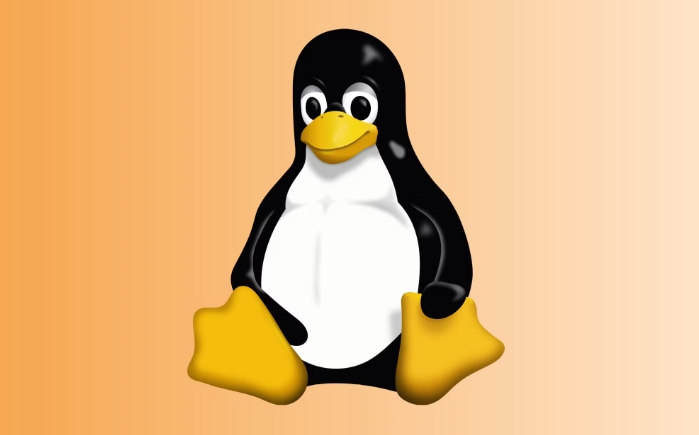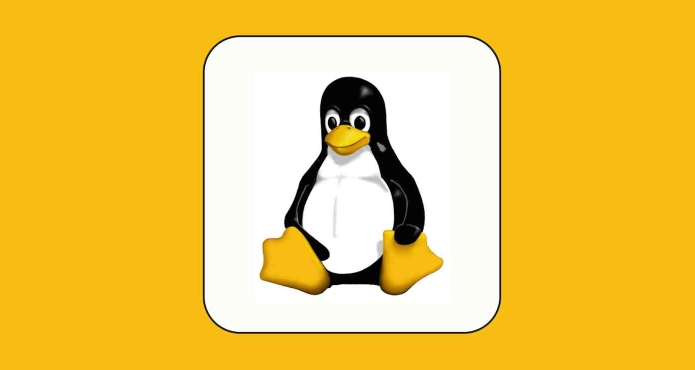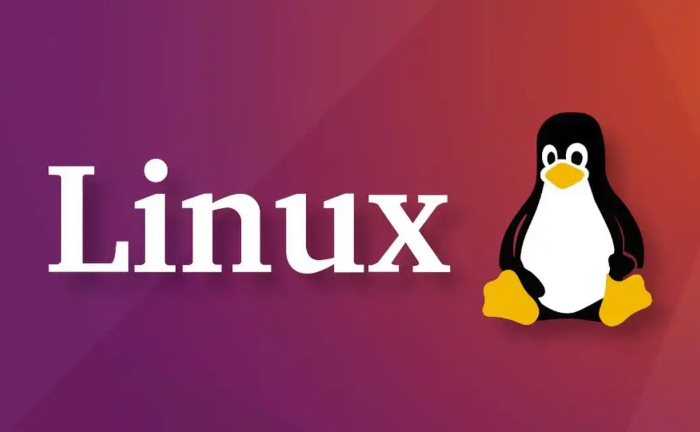There are three ways to delete files in Linux: use the rm command, the unlink command and the graphical interface operation. 1. Using the rm command is the most common method, the basic format is the rm file name; adding the -i parameter to confirm deletion, and adding the -f parameter to force deletion; 2. Using the unlink command can only delete a single file, and the syntax is the unlink file name, which is suitable for use in scripts; 3. Right-click to select "Delete" under the graphical interface, the file will enter the "Recycle Bin". Press and hold Shift to delete it will be completely deleted. The recycle Bin path is the .Trash folder, which can be manually restored or cleared. Just select the appropriate method according to the scene.

Deleting files in Linux is not difficult, but using the wrong command may cause trouble. The most common method is to use the rm command, but it cannot be restored once it is executed, so be very careful when operating.

Use the rm command to delete files
This is the most direct and common method. The basic format is:

rm file name
For example, if you want to delete a file called example.txt , enter:
rm example.txt
If you want the system to confirm before deletion, you can add the -i parameter:

rm -i example.txt
In this way, every time you delete a file, you will ask you, "Do you really want to delete it?", which is suitable for use when you are not sure.
Another situation is that you want to delete it quietly and don’t want to see any prompts (such as writing scripts). You can use the -f parameter:
rm -f example.txt
This parameter will be deleted forcibly and will not report an error or reminder.
Use unlink to delete a single file
In addition to rm , Linux also provides a more "low-key" command: unlink . It can only be used to delete a single file, and the syntax is simple:
unlink file name
for example:
unlink example.txt
Although the function is less than rm , it is more suitable for writing scripts because the semantics are clear and it is not easy to misoperate.
How to delete files under the graphical interface?
If you do not use a terminal, but operate through a desktop environment (such as GNOME or KDE), just like Windows or macOS, just right-click to select "Delete". Deleted files are usually entered into the "Recycle Bin". Unless you hold down Shift and delete them, it is completely deleted.
It should be noted that the "Recycle Bin" under the graphical interface is essentially a hidden folder ( .Trash ). If you want to manually restore or clear the Recycle Bin, you can go there to find files directly.
Basically that's it. The command line method is fast but dangerous, and the graphical interface is intuitive but a little inefficient. Just choose the right method according to your usage scenario.
The above is the detailed content of How to delete a file in Linux. For more information, please follow other related articles on the PHP Chinese website!

Hot AI Tools

Undress AI Tool
Undress images for free

Undresser.AI Undress
AI-powered app for creating realistic nude photos

AI Clothes Remover
Online AI tool for removing clothes from photos.

Clothoff.io
AI clothes remover

Video Face Swap
Swap faces in any video effortlessly with our completely free AI face swap tool!

Hot Article

Hot Tools

Notepad++7.3.1
Easy-to-use and free code editor

SublimeText3 Chinese version
Chinese version, very easy to use

Zend Studio 13.0.1
Powerful PHP integrated development environment

Dreamweaver CS6
Visual web development tools

SublimeText3 Mac version
God-level code editing software (SublimeText3)
 How to troubleshoot DNS issues on a Linux machine?
Jul 07, 2025 am 12:35 AM
How to troubleshoot DNS issues on a Linux machine?
Jul 07, 2025 am 12:35 AM
When encountering DNS problems, first check the /etc/resolv.conf file to see if the correct nameserver is configured; secondly, you can manually add public DNS such as 8.8.8.8 for testing; then use nslookup and dig commands to verify whether DNS resolution is normal. If these tools are not installed, you can first install the dnsutils or bind-utils package; then check the systemd-resolved service status and configuration file /etc/systemd/resolved.conf, and set DNS and FallbackDNS as needed and restart the service; finally check the network interface status and firewall rules, confirm that port 53 is not
 Install Guacamole for Remote Linux/Windows Access in Ubuntu
Jul 08, 2025 am 09:58 AM
Install Guacamole for Remote Linux/Windows Access in Ubuntu
Jul 08, 2025 am 09:58 AM
As a system administrator, you may find yourself (today or in the future) working in an environment where Windows and Linux coexist. It is no secret that some big companies prefer (or have to) run some of their production services in Windows boxes an
 How to find my private and public IP address in Linux?
Jul 09, 2025 am 12:37 AM
How to find my private and public IP address in Linux?
Jul 09, 2025 am 12:37 AM
In Linux systems, 1. Use ipa or hostname-I command to view private IP; 2. Use curlifconfig.me or curlipinfo.io/ip to obtain public IP; 3. The desktop version can view private IP through system settings, and the browser can access specific websites to view public IP; 4. Common commands can be set as aliases for quick call. These methods are simple and practical, suitable for IP viewing needs in different scenarios.
 How to Install NodeJS 14 / 16 & NPM on Rocky Linux 8
Jul 13, 2025 am 09:09 AM
How to Install NodeJS 14 / 16 & NPM on Rocky Linux 8
Jul 13, 2025 am 09:09 AM
Built on Chrome’s V8 engine, Node.JS is an open-source, event-driven JavaScript runtime environment crafted for building scalable applications and backend APIs. NodeJS is known for being lightweight and efficient due to its non-blocking I/O model and
 System requirements to install linux
Jul 20, 2025 am 03:49 AM
System requirements to install linux
Jul 20, 2025 am 03:49 AM
Linuxcanrunonmodesthardwarewithspecificminimumrequirements.A1GHzprocessor(x86orx86_64)isneeded,withadual-coreCPUrecommended.RAMshouldbeatleast512MBforcommand-lineuseor2GBfordesktopenvironments.Diskspacerequiresaminimumof5–10GB,though25GBisbetterforad
 How to Install MySQL 8.0 on Rocky Linux and AlmaLinux
Jul 12, 2025 am 09:21 AM
How to Install MySQL 8.0 on Rocky Linux and AlmaLinux
Jul 12, 2025 am 09:21 AM
Written in C, MySQL is an open-source, cross-platform, and one of the most widely used Relational Database Management Systems (RDMS). It’s an integral part of the LAMP stack and is a popular database management system in web hosting, data analytics,
 Ubuntu 25.04 'Plucky Puffin”: A Bold Leap Forward with GNOME 48 and HDR Brilliance
Jul 12, 2025 am 09:28 AM
Ubuntu 25.04 'Plucky Puffin”: A Bold Leap Forward with GNOME 48 and HDR Brilliance
Jul 12, 2025 am 09:28 AM
Ubuntu has long stood as a bastion of accessibility, polish, and power in the Linux ecosystem. With the arrival of Ubuntu 25.04, codenamed “Plucky Puffin”, Canonical has once again demonstrated its commitment to delivering a
 How to Install MongoDB on Rocky Linux and AlmaLinux
Jul 12, 2025 am 09:29 AM
How to Install MongoDB on Rocky Linux and AlmaLinux
Jul 12, 2025 am 09:29 AM
MongoDB is a high-performance, highly scalable document-oriented NoSQL database built to manage heavy traffic and vast amounts of data. Unlike traditional SQL databases that store data in rows and columns within tables, MongoDB structures data in a J






